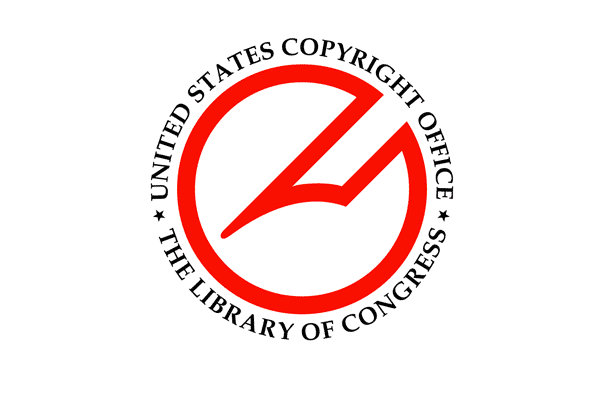 The US Copyright Office and the House of Representatives are currently considering an overhaul of some of the copyright regulation that governs musical licensing. Here are some quick facts on the current state of music licensing.
The US Copyright Office and the House of Representatives are currently considering an overhaul of some of the copyright regulation that governs musical licensing. Here are some quick facts on the current state of music licensing.
Videos by American Songwriter
Performance Royalties are the fees music users pay when music is performed publicly. Music played over the radio, in a restaurant or bar, or over a service like Spotify or Pandora is considered a public performance.
- Performance Rights Organizations or PROs (in the US that’s BMI, ASCAP, and SESAC) collect songwriting performance royalties from music users, and then pay songwriters and rights holders (publishers).
- Like BMI and ASCAP, Soundexchange collects recording performance royalties to recording artists and labels whenever a music is performed publicly — but only for digital performances.
- That’s because copyright regulation as it stands means terrestrial broadcasters (AM/FM radio) pay performance royalties to songwriters, but not the recording artists.
- Digital performances (for example, Pandora) pay a recording digital performance royalty to Soundexchange and a songwriting digital performance royalty to the PROs.
- But on the flip-side, BMI and ASCAP are governed by consent decrees, which means an arm of the US Judicial Branch (called a “rate-court”) can set the rates (per radio play, per stream, etc.). BMI and ASCAP collect for songwriting performance royalties. In exchange for the right to collect on behalf of songwriters across America, they are limited in their ability to negotiate by this rate court.
- Soundexchange isn’t governed by a consent decree, which means they can negotiate on the free market. This is where things get complicated. Recording artists get paid nothing when their music is played on AM/FM radio (because there’s no performance right for recordings on terrestrial radio), but they are typically paid at least 5 times more than songwriters when music is performed digitally, like on Pandora. That’s because of Soundexchange’s negotiation power, and BMI/ASCAP’s limitations. AM/FM broadcasters do pay songwriters, but it’s at a royalty rate ultimately set by the courts.
Mechanical Royalties are royalties paid to songwriters and artists when music is sold (think CD or vinyl) but also when music is streamed (streaming mechanicals) “on-demand” (like Spotify). Songwriting mechanical royalties are set by government through what’s called a compulsory license, which right now is set to about 9 cents of every dollar earned via sale.
- Current copyright regulation wasn’t created at a time when services like Spotify or Beats existed, (which are kind of a hybrid of ‘performance’ and a ‘sale’) so they pay both performance royalties and mechanical royalties to songwriters and artists.
- Spotify pays about 10% of its revenue to songwriters (split between mechanical and performance royalties) and about 60% to the artists. Services like Spotify don’t have to negotiate with songwriters, because the government sets the rates – through the consent decree for PROs and the a compulsory license for mechanical licenses.
- Mechanical royalties for songwriting are usually paid by labels or artists to a third party, (traditionally for the major publisher it’s been HFA (the Harry Fox Agency), who pay the publishers.













Leave a Reply
Only members can comment. Become a member. Already a member? Log in.